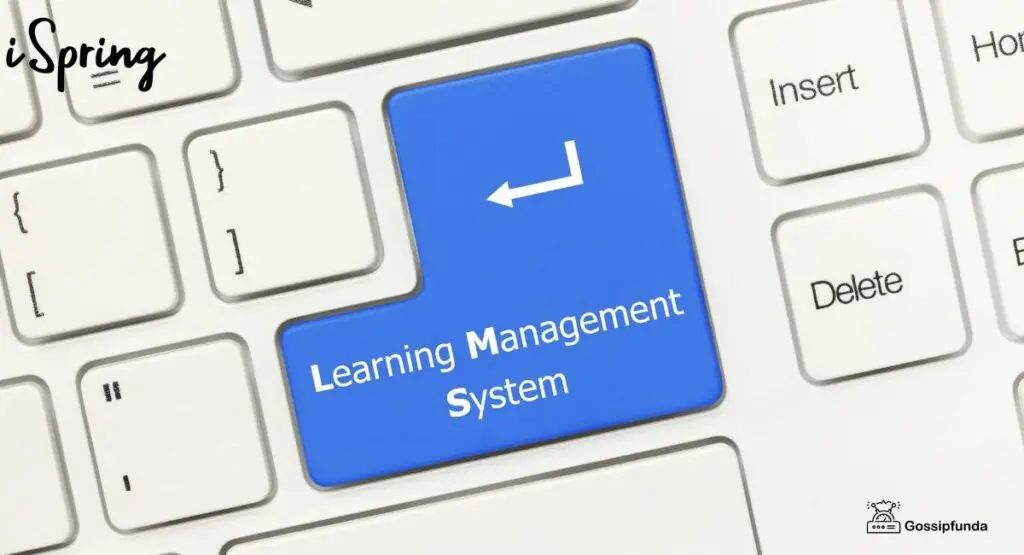With elements including quick evolution of technology and skills, digitalization, and a competitive talent recruiting market, implementing an effective training program for employees that generates real outcomes is important for modern and digital corporations. Effective employee training allows businesses to stay competitive by keeping their employees up to date on the latest market skills and developments.
As firms continue to invest in their corporate learning & development plan, proper measurement of the effect and ROI of these learning & development programs becomes important. Your L&D programs’ training evaluations provide a regular review of their effectiveness, efficiency, and baseline findings that allow leaders to enhance these programs, and provide learning & development leaders with real facts to emphasize their impact on company executives by implementing LMS like UKG Pro.
The findings of training evaluations are developed to increase training programs and maximize training investment returns.

What Is Corporate Training Evaluation?
The methodical process of gathering information on how effective and efficient corporate training courses are, and using that information to enhance the training, is known as training evaluation. Gathering online learner input from various sources such as training evaluation polls, comparing the performance of work before and after the training, observing employee productivity, and determining the influence on corporate goals are all aspects of training evaluation. All the inputs and data help learning & development teams determine whether a training program met its objectives and enables them to adapt future training programs appropriately.
Benefits Of Evaluating Corporate Training Program
Training evaluations provide detailed feedback on the value of training programs and their efficacy in attaining company objectives. It aids management in better understanding and identifying skill gaps, as well as analyzing training program outcomes. It also helps the company in the following areas:
- Evaluate the effective training materials and other resources
- Define the requisite leadership capabilities to tackle significant challenges
- Support continual change in career growth
- Assess the entire training experiences of participants
- Identify faults and enhance overall training program procedures
Key Steps To Evaluating Your Corporate Training Program
Training evaluation is a critical step in measuring the success of the training. It ensures that programs are helping employees improve their skills. Learning management systems can include a tool for the integration of training evaluation.
Companies can improve the quality of training and accomplish the learning targets set for employee success by conducting strategic evaluations. To assist you, we’ve broken down the training evaluation process into 5 steps:
1. Improved Training ROI
Companies devote a significant amount of time and money to training their employees. To demonstrate the value of training, you must be able to demonstrate ROI. Training evaluations gather information and input in order to quantify the connection between a program’s benefits and its expenses to calculate the return on investment for training.
2. Improves Training Efficiency
The learning technique is standardized through a normal training evaluation process. It aids in the measurement of training efficacy, fills in gaps in your training programs, improves overall training content, and ensures that training quality standards are maintained at all stages for a better learning opportunity.
3. Introduced New Training Methods
Training evaluation can assist uncover previously unconsidered training alternatives. For example, a post-training employee engagement survey may reveal that school environment training sessions consume too much time, causing employees to fall behind on their obligations. These types of insights aid Learning & development teams in selecting diverse employee training techniques that adapt to various employee learning styles in order to increase training engagement.
4. Choosing The Best Approach For Gathering Information
Data collection methods are referred to as training evaluation methods by following the identification of the training evaluation’s objective, technique, and training effectiveness measurements, the following step is to select the appropriate methods or tools for gathering the necessary information about the training program.
Some of the most prevalent training evaluation methods are listed below:
- Questionnaires
- Focus groups
- Interviews
- Observations
By following the selection of a method, operators can begin collecting data.
5. Examine The Data
The final stage is to assess the information gathered and document the results of the training evaluation. The training evaluation records will be crucial for future developments in the firm’s strategy to training programs.
I am passionate about my work. Because I love what I do, I have a steady source of motivation that drives me to do my best.
I’m not comfortable with settling, and I’m always looking for an opportunity to do better and achieve greatness. I have a keen interest in the technical field. Apart from this, I am a social media influencer.


